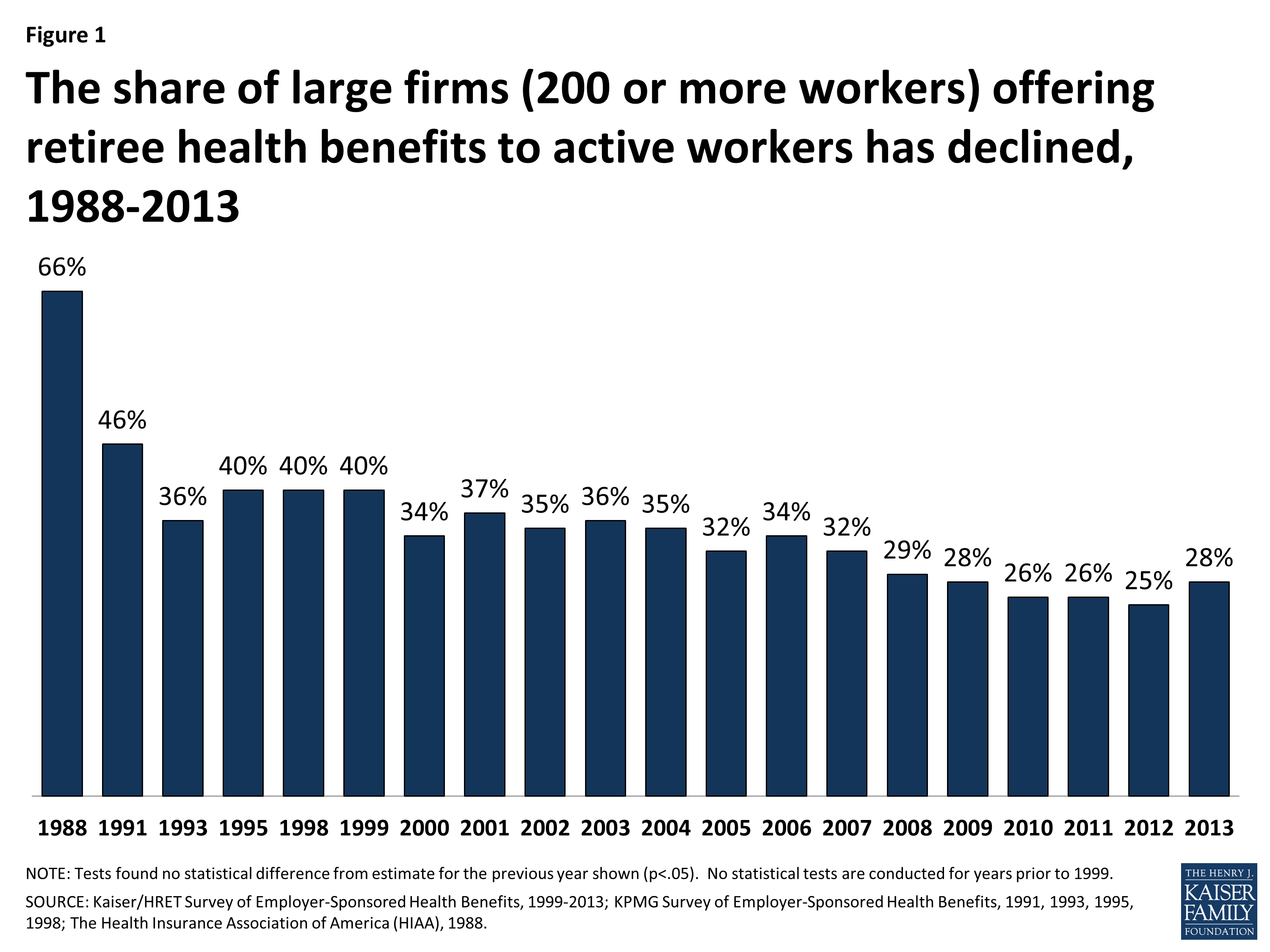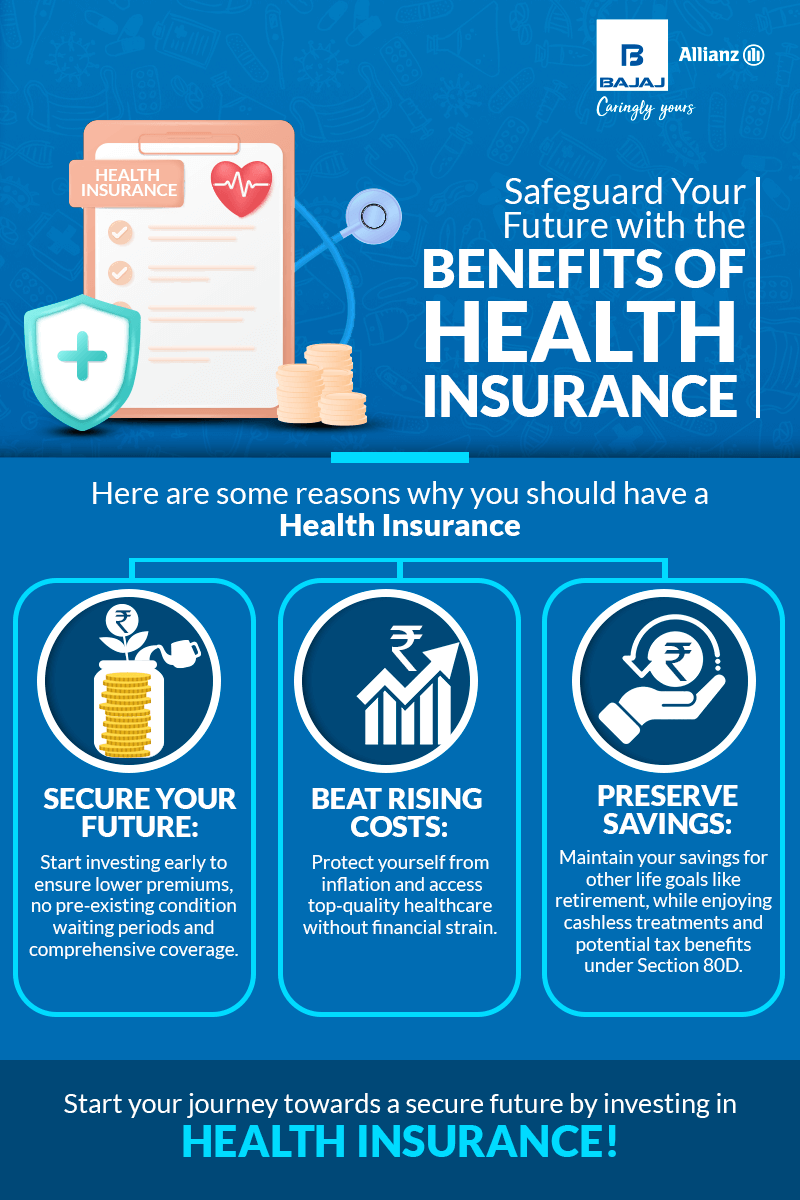Medicare Advantage Agent - Truths
Table of ContentsThe 10-Minute Rule for Medicare Advantage AgentThe Main Principles Of Medicare Advantage Agent The 15-Second Trick For Medicare Advantage Agent

follows from confusing the reasonably young age profile of the uninsured with the better wellness, typically, of younger persons. This obscures the link in between wellness condition and health insurance coverage. For those without accessibility to work environment health insurance policy, bad health is a prospective barrier to acquiring nongroup protection due to the fact that such protection may be extremely priced, leave out preexisting problems, or be simply unavailable. The variety of uninsured Americans is not especially large and has not transformed recently. Seven out of ten respondents in an across the country depictive study assumed that fewer Americans lacked health insurance policy than actually do(Fronstin, 1998). Roughly fifty percent(47 percent )thought that the number of people without wellness insurance reduced or remained continuous over the latter fifty percent of the last years(Blendon et al., 1999). This decrease of almost 2 million in the number of individuals 'without insurance policy (a decrease
of about 4 percent)is definitely a positive change. With a softer economic climate in 2000 the current reported gains in insurance policy protection may not continue(Fronstin, 2001 ). The decline in the variety of without insurance will not continue if the economy stays sluggish and healthcare prices remain to outpace inflation. This is since the information were collected for a period of strong economic performance. Of the estimated 42 million people who were uninsured, just about concerning 420,000(concerning 1 percent)were under 65 years old, the age at which most Americans end up being eligible for Medicare; 32 million were adults between ages 18 and 65, about 19 percent of all grownups in this age team; and 10 million were youngsters under 18 years old, concerning 13.9 percent of all youngsters (Mills, 2000). These quotes of the variety of individuals uninsured are produced from the annual March Supplement to the Existing Populace Study (CPS), performed by the Demographics Bureau. Unless or else kept in mind, nationwide quotes of people without health and wellness insurance and percentages of the populace with different kinds of coverage are based upon the CPS, the most extensively made use of source of quotes of insurance coverage and uninsurance prices. These surveys and the estimates they yield are explained briefly in Table B. 1 in Appendix B - Medicare Advantage Agent. These surveys differ in dimension and sampling approaches, the inquiries that are inquired about insurance coverage
What Does Medicare Advantage Agent Do?
coverage, and the moment duration over which insurance protection or uninsurance is measured(Lewis et al., 1998, Fronstin, 2000a ). Still, the CPS is specifically valuable since it generates annual price quotes fairly swiftly, reporting the previous year's insurance policy protection estimates each September, and since it is the basis for a regular set of quotes for greater than twenty years, permitting for analysis of patterns in insurance coverage gradually.

Get This Report about Medicare Advantage Agent
Over a three-year period starting early in 1993, 72 million people, 29 percent of the U.S. populace, were without insurance coverage for a minimum of one month. Within a important link single year(1994), 53 million individuals experienced at the very least a month without coverage(Bennefield, 1998a). Six out of every 10 uninsured grownups are themselves utilized. Working does boost the likelihood that one and one's household members will certainly have insurance coverage, it is not a guarantee. Also participants of families with 2 permanent wage earners have nearly a one-in-ten chance of being without insurance (9.1 percent without insurance price)(Hoffman and Pohl, 2000 ). The connection in between health insurance coverage and accessibility to care is well developed, as recorded later in this phase. The connection in between wellness insurance and health and wellness end results is neither straight neither easy, a considerable clinical and health solutions study literary works web links wellness insurance coverage
to improved access to care, better far betterTop quality and improved boosted individual population populace wellnessCondition As an example, the second report, on personal health end results for without insurance adults, is represented by the inner circle of the number, while the 3rd record, on household well-being, encompasses the subjects of the second report however stresses a different unit of analysis, specifically, the household. The sixth report in the collection will certainly provide info about strategies and initiatives embarked on locally, statewide, or across the country to deal with the lack of insurance policy and its negative impacts. Degrees of analysis for analyzing the results of uninsurance. This discussion of medical insurance protection focuses primarily on the U.S. populace under age 65 since virtually all Americans 65 and older have Medicare or various other public coverage.
In addition, it focuses specifically on those with no wellness insurance for any length of time. The problems dealt with by the underinsured remain in some aspects similar to those encountered by the without insurance, although they are generally much less severe. Uninsurance and underinsurance, however, involve definitely various plan concerns, and the strategies for resolving them might vary. Throughout this research study and the 5 reports to follow, the primary focus is on persons without any wellness insurance policy and hence no assistance in paying for healthcare past what is offered with charity and security net organizations. Medical insurance is a powerful factor influencing receipt of treatment since both clients and medical professionals react to the out-of-pocket cost of services. Medical insurance, however, is neither needed helpful hints neither sufficient to access to clinical services. Nonetheless, the independent and straight effect of health and wellness
insurance policy coverage on access to health services is well established. Others will certainly obtain the healthcare they require even without health insurance, by paying for it expense or seeking it from providers that provide treatment totally free or at highly subsidized prices. For still others, medical insurance alone does not make certain invoice of care since of various other nonfinancial barriers, such as a lack of wellness treatment carriers in their neighborhood, restricted accessibility to transport, illiteracy, or linguistic and social distinctions. Formal study about uninsured populations in the USA dates to the late 1920s and early 1930s when the Committee on the Expense of Treatment created a collection of records regarding funding doctor workplace brows through and hospitalizations. This problem became significant as the numbers of clinically indigent climbed up throughout the Great Clinical depression. Empirical researches regularly support the link in between accessibility to care and improved health results(Bindman et al., 1995; Starfield, 1995 ). Having a normal resource of treatment can be considered a predictor of accessibility, instead of a straight measure of it, when health and wellness outcomes are themselves made use of as access indicators. This extension of the notion of gain access to measurement was made by the IOM Committee on Keeping An Eye On Accessibility to Personal Healthcare Provider(Millman, 1993, p. Whether moms and dads are guaranteed appears to affect whether or not their children obtain care as well as how much careeven if the children themselves have coverage(Hanson, 1998). The health of moms and dads can influence their capacity to look after their youngsters and the degree of family stress and anxiety. Bothering with their kids's access to care is itself a source of stress for parents. 3 phases comply with in this report. Phase 2 offers a review of exactly how employment-based health insurance, public programs and individual insurance coverage operate and communicate to offer comprehensive but insufficient protection of the U.S. populace. This includes a review of historic trends and public laws influencing both public and personal insurance, a conversation of the interactions among the various types of insurance policy, and an exam of why people relocate from one program to another or end up
